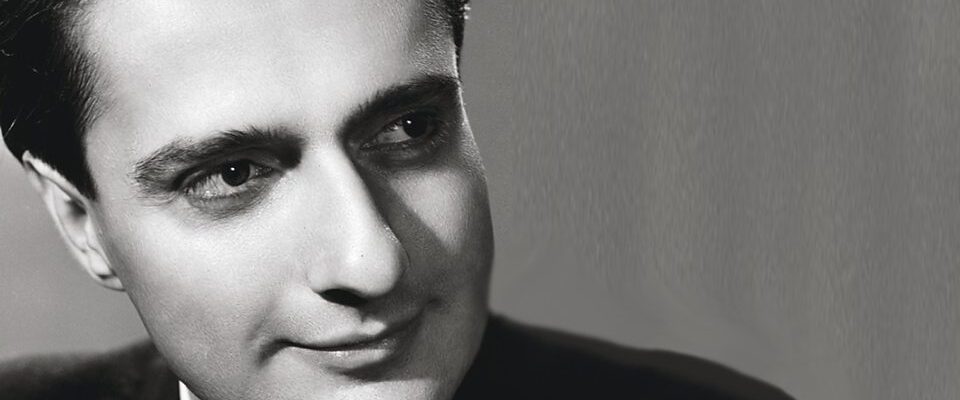September 24 this year was the 75th anniversary of one of Dinu Lipatti’s most successful recording sessions, so I prepared this video that features them in sequence, along with some notes about the recordings and their positions in Lipatti’s discography.
The three recordings that Dinu Lipatti produced for at EMI’s Abbey Road Studio No.3 on September 24, 1947 are:
0:00 Bach-Hess Jesu, Joy of Man’s Desiring
3:33 Chopin Waltz No.2 in A-Flat Major Op.34 No.1
8:08 Liszt Sonetto del Petrarca No.104
All of these works are pieces that the pianist had attempted to record before. At this session (which took place from 6 to 9pm), Lipatti made three attempts at each of the four 78rpm disc sides, with the exception of the first of two sides of the Liszt work, of which only two takes were made.
The three takes that Lipatti made of the Bach transcription on this day were takes 5 through 7 of those he’d made that year (having started at his very first Abbey Road session on February 20), and it was the sixth one that was approved and published. It should be noted that he rerecorded the work in 1950 as part of his valedictory recordings for EMI-Columbia at a Radio Geneva studio and that is the version that circulated most regularly for decades: the 1947 account was never released on LP (despite some records having put this date) and it was reissued for the first time in 1999 on an APR CD (more on that below).
The Chopin Waltz and Liszt Sonetto had first been recorded by Lipatti at his first Columbia session in Zurich in July 1946, along with Liszt’s La Leggierezza. The masters for those discs warped in transit to London, as when transfers were attempted in October 1946 (often mistakenly listed as the recording date) it was found that the damage was too severe to issue them. Lipatti’s September 24, 1947 Abbey Road session saw the first two works being successfully recorded again.
Regrettably Lipatti made no further attempts at La Leggierezza, but he played this piece on a BBC broadcast the next day and a copy of that – captured on a home disc cutter and then transferred to tape – was located by yours truly and was issued in 1995. At the same BBC broadcast, Lipatti had also played the same Chopin Waltz and a Chopin Etude – probably Op.10 No.2, which he had been practicing that during breaks of his Grieg Concerto recording sessions a week earlier (there is no indication that he attempted to record this work commercially).
This Chopin Waltz was the one that Lipatti would most commonly program when playing a variety of Chopin works in his recital programs, and he actually made an earlier recording of it for Romanian Radio in 1941 (it has not been issued). It is also the Waltz that he began but was unable to play at his last recital (a recording of that portion of the concert has not been located), the final one in the group of 14 that he had programmed. This 1947 account features far more vivacious bravura than his later more famous recording from the complete cycle recorded in Geneva in July 1950 – a sign of how powerful a pianist Lipatti was before Hodgkin’s Disease tightened its grip. This version was available on LP only twice to my knowledge: on a 1971 UK LP and on a 1981 4-LP box set issued both in the US and the UK.
Lipatti had a great affinity for the works of Liszt but the only existing studio recording of him playing this composer is this Sonetto del Petrarca No.104; fortunately this has now been supplemented by a 1941 radio recording of Gnomenreigen, the 1947 BBC broadcast of La Leggierezza referred to above, and a June 6, 1947 concert recording of the Liszt 1st Concerto. His declamatory emphasis and lyrical phrasing, with idiomatic contrasts between his stunningly refined pianissimo and boldly accented dramatic exclamations, make this a most arresting interpretation.
It is APR that grouped these performances together for the first time along with Lipatti’s other recordings from that year, first in 1999 and then more recently in an expanded edition in 2020 that includes all from 1947 and 48 – I wrote the notes for both, though it is the second edition that features a good deal more detail (that said, I’ve included a little bit more in the notes you are reading here!).
Stunning playing by one of the all-time great pianists!
